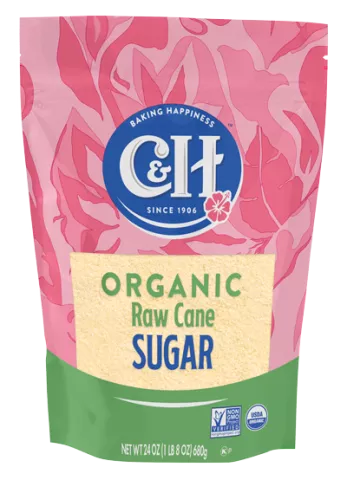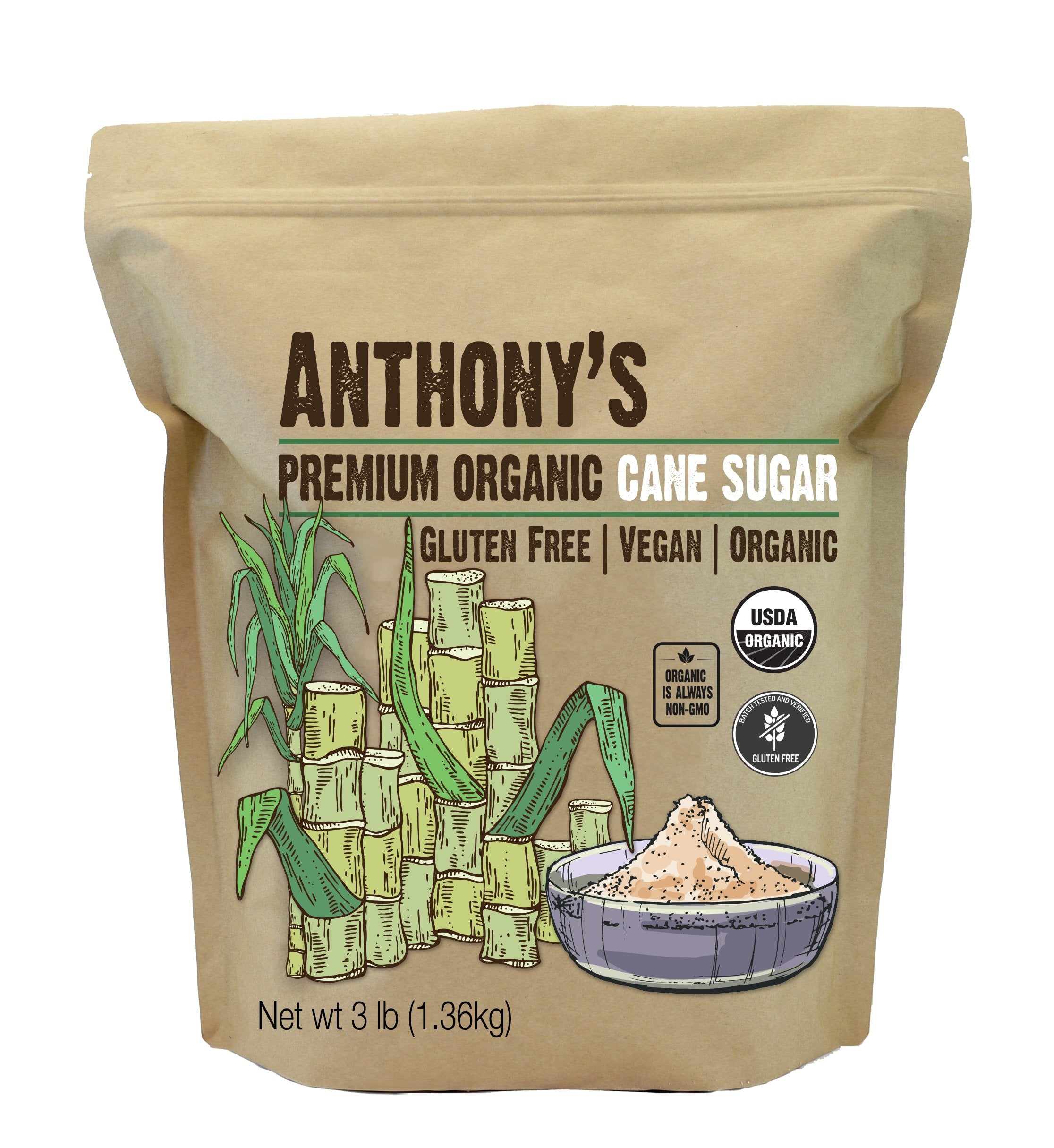Understanding Cane Sugar Processing: A Comprehensive Summary of the Stages
Understanding Cane Sugar Processing: A Comprehensive Summary of the Stages
Blog Article
Discovering the Comprehensive Tips Included in Walking Stick Sugar Processing From Collecting to Refinement
The procedure of cane sugar production incorporates a series of elaborate steps, beginning with the cautious harvesting of sugarcane and finishing in the refinement phases that make certain the final product fulfills sector standards. Each phase, from the removal of juice to the purification and condensation processes, plays a critical role in determining the high quality and personality of the sugar.
Collecting Sugarcane
Harvesting sugarcane is an important action in the walking cane sugar processing chain, as it directly affects the top quality and return of the end product. Correct timing and strategies are important during this stage to ensure optimum sugar web content and decrease losses. Typically, sugarcane is harvested when it gets to maturation, generally 12 to 18 months after growing, defined by a high sucrose concentration.

Post-harvest, the sugarcane has to be refined quickly to stop sucrose deterioration. Ideally, harvested cane should be transferred to refining centers within 24-hour to maintain sugar quality. As a result, reliable logistical preparation is vital to preserve the integrity of the harvested crop throughout the supply chain.
Removal Refine

The smashed walking cane is subjected to a series of pressing operations to make best use of juice recovery. Normally, warm water is splashed onto the smashed walking stick, developing a countercurrent circulation that assists dissolve the sugar while also aiding in the removal procedure. The juice accumulated from this procedure includes not only sugar but additionally numerous natural substances and contaminations.

To boost extraction performance, some facilities may utilize diffusion approaches, where the sugarcane is taken in hot water, enabling the soluble sugars to diffuse right into the fluid. The resulting juice, abundant in sucrose, is after that directed to subsequent processing stages, laying the foundation for purification and refinement. The extraction procedure is thus essential in identifying the high quality and return of the final sugar product.
Filtration Methods
The filtration methods employed in walking stick sugar handling are important for transforming the raw juice into a premium sugar product. These methods primarily aim to remove impurities, such as dirt, plant products, and not natural materials, which can detrimentally influence the last product's flavor and color.
This procedure includes adding lime and warmth to the raw juice, which promotes the coagulation of contaminations. Furthermore, the use of phosphoric acid can boost the information process by further binding contaminations.
One more significant strategy is carbonatation, where carbon dioxide is introduced to the made clear juice. This reaction generates calcium carbonate, which catches remaining contaminations and advertises their removal.
In addition, triggered carbon treatment may be used to adsorb any type of remaining colorants and organic contaminations, making sure a more refined item. The combination of these approaches properly prepares the sugar juice for go right here subsequent actions in the refining process, setting the phase for the production of high-grade walking cane sugar.
Condensation Methods
After the filtration stage, the next crucial action in walking cane sugar handling includes condensation techniques, which play an essential role in transforming the clarified juice right into strong sugar. This procedure usually employs two main methods: spontaneous condensation and regulated condensation.
In spontaneous crystallization, supersaturated sugar options are permitted to cool naturally, leading to the formation of sugar crystals over time. This method allows for the uniform growth of sugar crystals and higher pureness.
During condensation, the clarified juice is concentrated with evaporation, enhancing its sugar content up until it reaches supersaturation. Once this factor is achieved, either method can facilitate the crystallization process. Cane Sugar Processing. The resultant sugar crystals are then separated from the remaining syrup through centrifugation
Ultimately, the choice of condensation method influences the quality, dimension, and purity of the final sugar product, making this step essential in the total walking cane sugar handling treatment.
Improvement and Packaging
Exactly how can the purity and quality of cane sugar be further boosted after formation? The refinement process plays an important role in achieving top quality cane sugar. Adhering to formation, sugar goes through an extensive washing to remove pollutants and residual molasses. This is generally completed making use of cozy water or heavy steam, which helps liquify and remove unwanted components while protecting the sugar crystals.
Next, the sugar undergoes a procedure called centrifugation, where it is spun at high speeds to separate the detoxified sugar crystals from the remaining fluid. After centrifugation, the sugar is Visit Website typically further improved through a method called carbonization or phosphatation, which makes use of triggered carbon or phosphoric acid to remove color and off-flavors.
When improved, the sugar is dried to accomplish the wanted moisture material, making certain that it continues to be stable during storage space and transportation. The final action includes packaging the refined sugar in moisture-proof and closed containers to maintain its high quality and prevent contamination. Cane Sugar Processing. Proper packaging not only expands life span yet additionally helps with very easy handling and circulation, guaranteeing that consumers receive sugar that meets the highest requirements of pureness and top quality
Verdict
The comprehensive steps associated with cane sugar handling, from the precise harvesting of sugarcane to the elaborate refinement and product packaging phases, emphasize the relevance of each stage in guaranteeing premium sugar production. Optimum harvesting methods, efficient extraction techniques, and rigorous filtration procedures collectively add to the last item's purity and stability. The formation and succeeding product packaging methods additionally improve the integrity and life span of the sugar, highlighting the intricacy and accuracy inherent in this necessary farming market.
The process of walking cane sugar production includes a collection of detailed actions, beginning with the careful harvesting of sugarcane and culminating in the improvement stages that ensure the last product meets sector requirements. Ideally, collected walking cane ought to be delivered to processing centers within 24 hours to protect sugar top quality.In spontaneous formation, supersaturated sugar services are allowed to cool down naturally, leading to the development of sugar crystals over time - Cane Sugar Processing. The improvement process plays a critical duty in attaining high-grade walking stick sugar.The extensive see this website steps entailed in walking stick sugar handling, from the thorough harvesting of sugarcane to the elaborate refinement and product packaging stages, underscore the relevance of each phase in guaranteeing top quality sugar manufacturing
Report this page